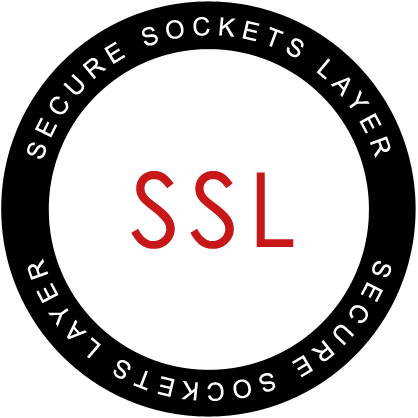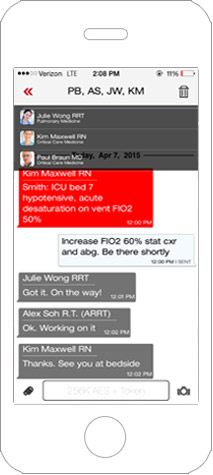Why You Need A Secure Messenger: 80 percent of doctors and nurses report using their smartphone for work.
Peer-to-peer secure messaging (including text, images, videos, and documents) offers healthcare professionals an efficient way to communicate information related to care coordination, patient throughput, and improve the continuity of care within departments and across specialities.
While there are plenty of secure texting apps in the marketplace, many are not designed for the healthcare setting or even meet HIPAA technical standards. The right secure messaging solution needs to be able to meet these HIPAA requirements; in addition to being fast and intuitive for busy healthcare staff to use.
We have put together a few suggestions on some of the important features to consider when making your selection.
#1 Encrypted
It’s important that any covered entity’s secure messaging application have no less than 256-bit encryption, considered the industry standard, to ensure electronic protected health information (EPHI) is reasonably secure when transmitted. Additionally, it is required, per HIPAA guidelines, that all information is also encrypted “at rest” (when stored). Encryption is just one of the many HIPAA Technical Safeguards that should be incorporated into every healthcare secure application.


#2 Usability
One of the challenges of implementing a secure messenger is adoption rate. We recently shared a blog post that showed 78% of enterprise apps are abandoned after their first use. Enterprise apps should not complicate the user’s workflow. Apps that are not easy to use, lag in performance, and lack necessary features are destined for abandonment. It is important to find the right mix between security, business needs, and user experience. It is important when considering a healthcare app that it has been fully vetted and developed under the guidance of practicing healthcare professionals. For example, MEDX was developed in close collaboration with our Advisory Board, which covers a range of eight ABMS boards (Colon and Rectal, Family Medicine, Internal Medicine, Neurological Surgery, Plastic Surgery, Radiology, and Surgery), nurses, and ancillary staff.



#3 Images & Video
Quite often physicians need more than just a text message in order to make a consult or to escalate care. In these cases having access to secure images and videos would a significant advantage in optimizing workflows and improving patient experiences. For example in one study of ER transfers of hand injuries, found that half of the transferred patients did not need emergency consultations with hand surgeons. Meaning that in these cases, they were unnecessarily occupying ER beds and resources. Having the ability to securely to transfer and store images and video could make a significant impact in the speed and quality of patient care by reducing repeat modalities.

#4 Useful Alerts
By expediting communication between providers, treatment decisions can be made faster. But because providers aren’t always available, it’s important to select a healthcare texting app that can track whether messages were delivered and read. It helps the sender know whether to expect a response. Also, it is really important for providers to be able to communicate emergent issues. So make sure you select a messenger that supports an “Urgent” feature.

#5 Group Messaging
We think a core feature of any healthcare secure messaging solution is its ability to communicate one message (with text, video, documents, etc..) to a group of appropriate peers and track the responses of these messages. This level of communication will help your team improve the coordination of care and patient outcomes.

